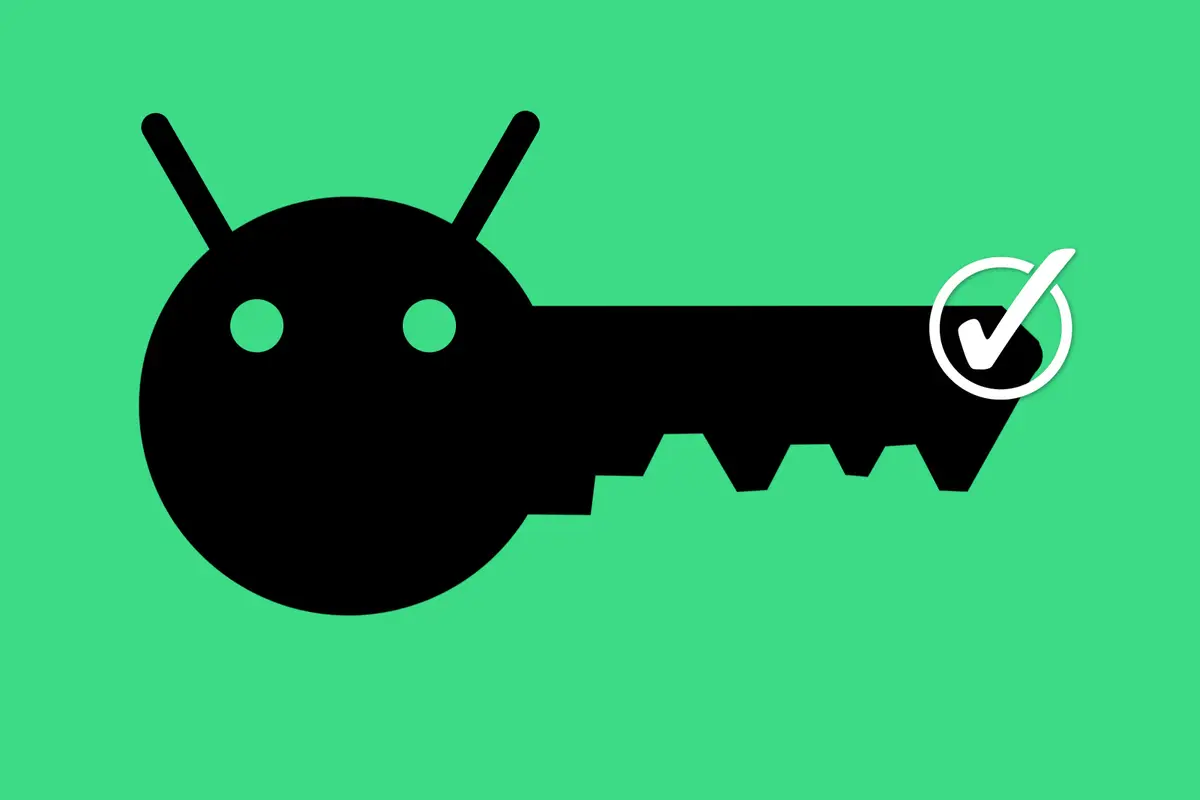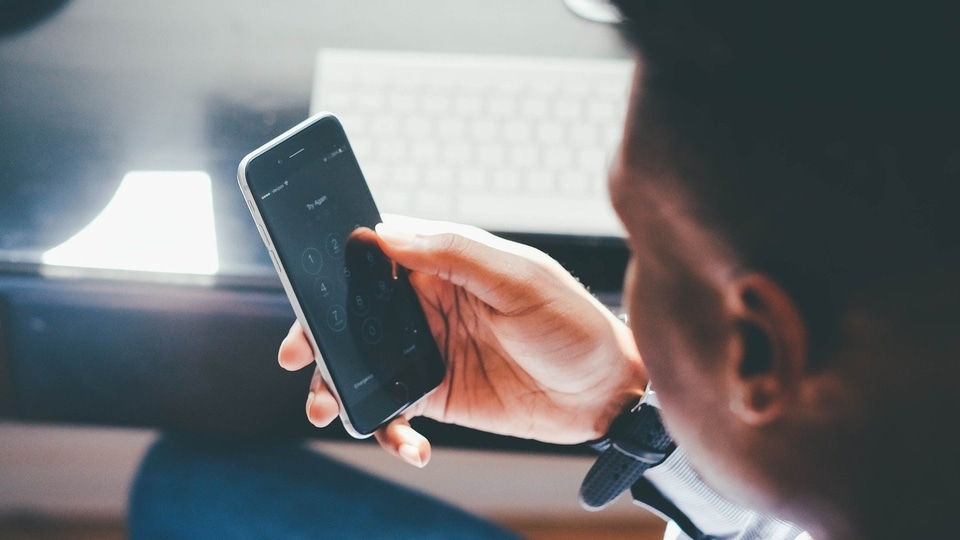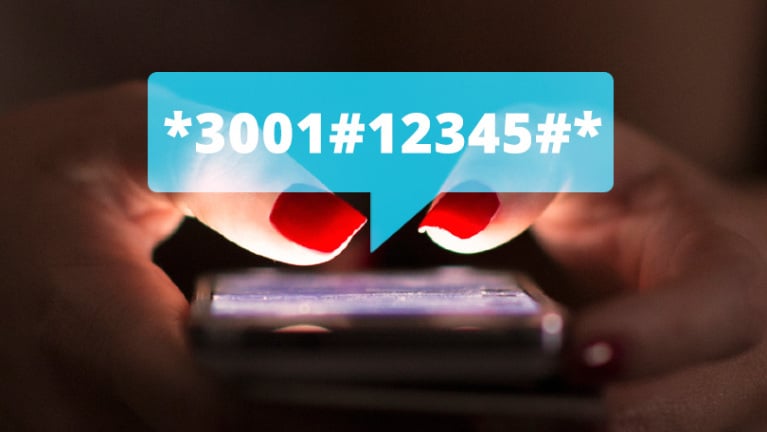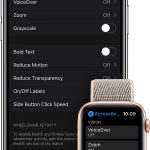To access a deceased person’s Android phone, obtain a court order and permission from the phone’s service provider. Additionally, you may need the deceased’s will or consent from their legal representative.
Introducing this topic, gaining access to a deceased person’s Android phone can be a complex and sensitive matter. With most phones now having robust security measures in place, it is essential to follow the legal process. This could involve obtaining a court order, seeking permission from the service provider, or accessing the phone with the consent of the deceased’s legal representative.
In this digital age, managing the affairs of a deceased loved one includes navigating the realm of their digital footprint, including their smartphone. Let’s delve deeper into the steps to access a deceased person’s Android phone in a legal and respectful manner.

Credit: www.computerworld.com
Understanding Android Security Measures
Gain insights into Android security measures and discover how to access a deceased person’s Android phone efficiently.
| 1. | To access a deceased person’s Android phone, you may need to bypass the screen lock. |
| 2. | Ensure you have the legal authority to access the phone before proceeding. |
| 3. | Understanding the screen lock options available on the phone is crucial. |
| 4. | Device encryption may add an extra layer of security to the phone. |
Legal And Ethical Considerations
| Legal and Ethical Considerations | |
| Understanding Privacy Laws | Respecting the Deceased Person’s Wishes |
Be mindful of privacy laws applicable to accessing a deceased person’s phone.
Respect the wishes of the deceased when handling their digital belongings.
Gathering Necessary Documentation
To access a deceased person’s Android phone, you will need to gather necessary documentation. This includes obtaining the death certificate and any will or legal documentation. The death certificate can typically be obtained from the local vital records office or health department. Once you have the required documentation, you may be able to contact the phone service provider or manufacturer to discuss accessing the device. It’s essential to follow the proper legal procedures and obtain the necessary permissions before attempting to access the deceased person’s phone.
Exploring Access Options
When it comes to accessing a deceased person’s Android phone, there are a few options to consider. One option is to contact the service provider directly. You can inquire about their policy on accessing the phone of a deceased account holder. They may require legal documentation, such as a death certificate or a court order, to grant access.
If you’re having difficulty navigating this process on your own, seeking help from a legal professional can be beneficial. They are experienced in dealing with these types of situations and can guide you through the necessary steps to gain access to the phone.
Technological Solutions
Technological solutions can help you access a deceased person’s Android phone, particularly through biometric authentication. Biometric authentication uses unique physical characteristics like fingerprints, facial recognition, or iris scanning to unlock the device. By enabling this feature on the phone, you can gain access to locked files and folders. With the advancement of technology, it has become easier to retrieve important information from a deceased person’s phone. Keep in mind that you may need legal authorization or consent from the deceased person’s family or the relevant authorities before accessing their device. It is crucial to respect privacy and ensure that the retrieval of information is done ethically and in compliance with applicable laws. By following the appropriate procedures, you can utilize technological solutions to gain access to a deceased person’s Android phone.
Preserving Digital Assets
When a loved one passes away, accessing their Android phone may help preserve valuable memories and important information. Backing up data is pivotal for safeguarding photos, messages, and contacts. Through this process, cherished memories stored in the device can be securely retained. Likewise, transferring accounts and subscriptions ensures that important online assets are not lost. By following these efforts, the digital footprint of the deceased person can be respectfully acknowledged and preserved.
Respecting The Deceased’s Digital Footprint
To access a deceased person’s Android phone, it is essential to first consider the individual’s digital legacy. This includes handling social media accounts and planning for the digital footprint they leave behind. Take necessary steps to access and preserve any important information stored on their device. Ensure to respect their privacy and follow legal procedures when dealing with their digital assets.

Credit: tech.hindustantimes.com
Closure And Emotional Support
One way to access a deceased person’s Android phone is through biometric authentication. If fingerprint or facial recognition is set up, it may be possible to unlock the device. If that’s not an option, contacting the phone service provider could help recover photos and messages. Additionally, seeking professional help from a tech expert, who specializes in data retrieval, can be beneficial in accessing the digital memories on the phone.

Credit: www.nytimes.com
Conclusion
Accessing a deceased person’s Android phone can be a complex and sensitive process. By following the legal and ethical steps outlined in this guide, you can navigate this challenging situation with awareness and consideration. It’s important to approach this situation with care and respect for the deceased and their loved ones.









